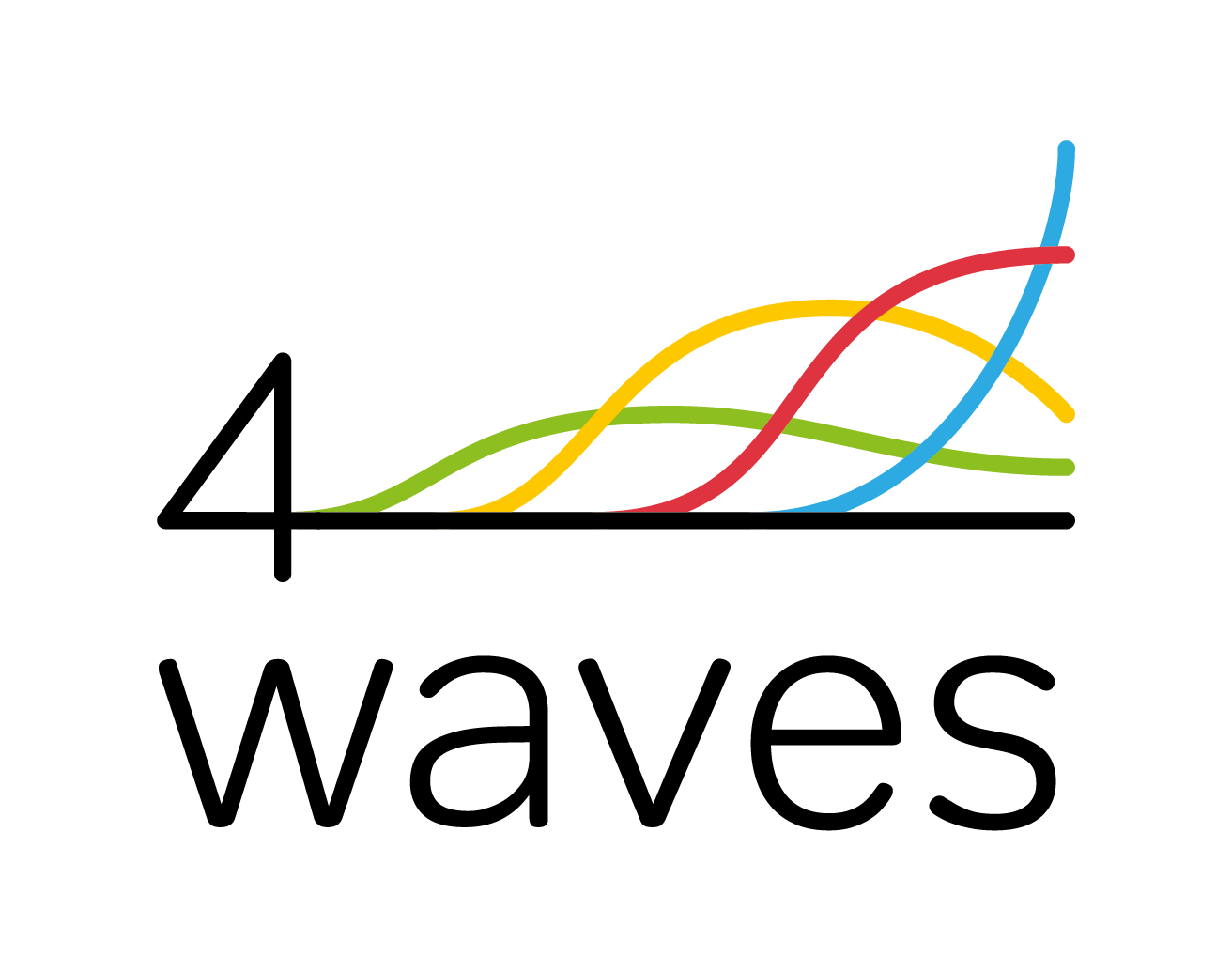4Waves Course
When seeking solutions to the problems facing the world today, we need to understand that the world is in the midst of a Great Transition from an agricultural to an urban industrial society.
To watch the course as video only click here: https://vimeo.com/showcase/7897423
When seeking solutions to the problems facing the world today, we need to understand that the world is in the midst of a Great Transition from an agricultural to an urban industrial society. Most of the world has not completed this Transition, a Transition that will place ever-increasing pressure on the environment and our societies. The 4Waves approach helps us understand how it is these pressures causing symptoms such as Climate Change and the scale of the challenge facing us.
In this series of articles and videos, we will look in more detail at different aspects of the Great Transition, specifically Demographics, Food, Urbanisation, Energy, Climate Change, and Technological Solutions. By the end of this series of articles, we hope you will not only be able to recognise the signs of the Great Transition but also meaningfully apply the approach to your investments and organisations.
To understand the world as it will be in 2050 and even 2100 we need to take a step back and look at the world with a 300-year perspective. This blog and video introduce the 4Waves approach to understanding the problems facing the world today.
Arguments about a population crisis are all around us and fail to agree on even the most basic facts. Many people around the world blame the problems we face today on the fact that there are “too many people.” Is this the case?
We look at how food production and consumption have changed over the past 300 years, how we have been able to meet the rising demand for food, and what is required to continue to meet this demand.
How did urbanisation begin? How much of the world is still left to urbanise? And why is urbanisation significant?
Today global energy consumption is fast approaching 180 thousand TWh, over 30 times what it was 200 years ago. By examining energy consumption in the 1st and 2nd Waves, we can expect global energy consumption to more than double today’s consumption by 2100. This blog will help us to understand why.
We explain a little of the history of climate science, why it is so important for us to understand the difference between annual and cumulative emissions, and why climate change is so integrated with our Great Transition.
This long read will look at whether technologies indeed can help us meet that 2-degree target and what it means if we do not.
What can be done? What do we propose?
